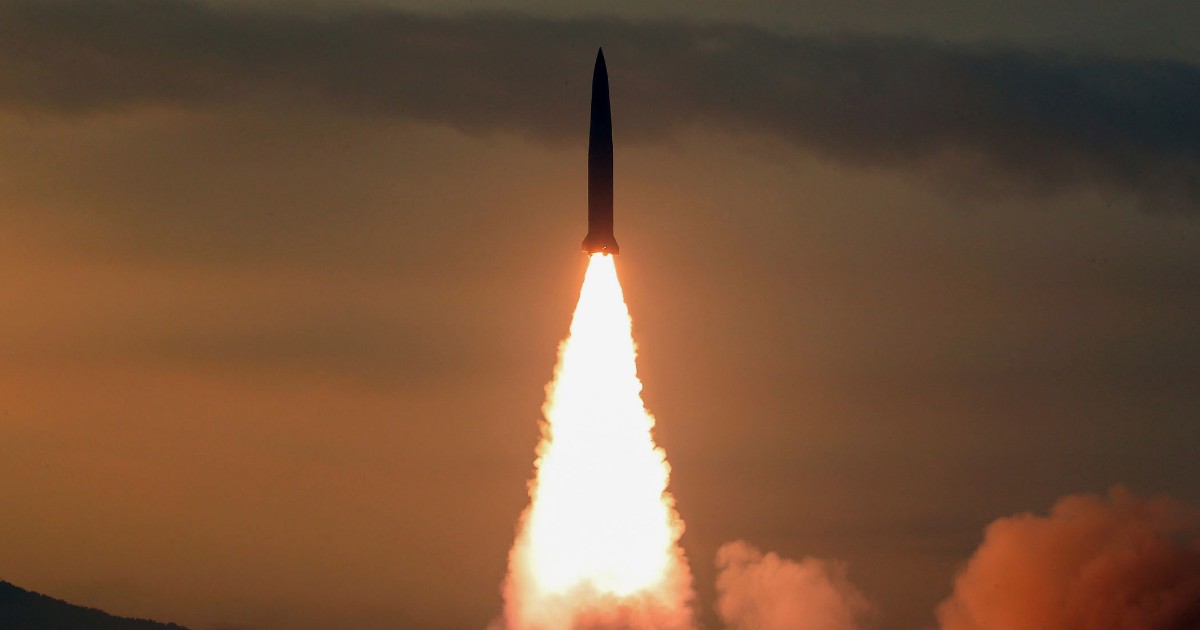Under the new Start treaty extended in 2021 for five years, Russia e United States must allow mutual inspections at sites where ICBMs are located, but such inspections have now been suspended since 2020 due to covid. The suspension announced today by Vladimir Putin it crystallizes a ‘freezing’ of the treaty that has been in place for some time. In fact, for months, according to CNN, American officials have been denouncing their frustration at the lack of cooperation from the Russian side. State Department sources point out that Moscow has recently refused inspections of its nuclear sites on multiple occasions. Moreover, a session of the bilateral consultative commission of the treaty was scheduled in Cairo in November, but the meeting was suddenly canceled by Moscow with a “unilateral” decision. The Russian president’s announcement “keeps the new Start alive artificially,” Hans Kristensen, director of the Nuclear Information Project, wrote on Twitter, wondering if Russia will now block the exchange of data with its US counterparts.
The New Strategic Arms Reduction Treaty (START) on the limitation of nuclear weapons was signed in Prague onApril 8th of the 2010 by the then US presidents, Barack Obamaand Russian, Dmitry Medvedev. It came into force on February 5, 2011 and was extended for the first time 5 years in February 2016 and a second one in February 2021. The deadline is now scheduled for 2026. The New Start replaced the two previous agreements Start 1 and 2 (the latter never entered into force) and the 2002 Moscow Treaty (Sort), which expired in 2012. Here is what it provides:
– NUCLEAR WARS: Limit of 1,550 nuclear warheads, triggered within 7 years of entry into force of the Treaty after the respective ratifications. It concerned warheads mounted on intercontinental ballistic missiles (ICBMs), submarine-launched ballistic missiles (SLBMs) and the number of bombers available with one warhead each. This is a decrease of 74% compared to the Start 1 agreement and 30% compared to the Moscow Treaty of 2002.
– VECTORS. Limit of 700 carriers counting ICBM and SLBM missiles and bombers capable of dropping nuclear devices: halving compared to Start 1. The limit was set at 800 also counting untargeted missiles.
– ANTI-MISSILE SHIELD. According to Washington, the agreement did not establish limits on anti-missile defense programs. An interpretation never shared by Moscow.
– CHECKS. Direct inspections, exchange of data and information, notifications relating to strategic weapons and sites listed in the document and methods to facilitate controls are envisaged.
– RATIFIES. The Treaty comprises three documents: the basic text, a protocol listing rights and obligations associated with the document and technical annexes addressing the details. All three documents have been ratified by their respective parliaments.
– WITHDRAW. The Treaty contains a withdrawal clause.
Previous Article
Vladimir Putin’s speech in the Duma is one of total war. “The existence of Russia is at stake”: this is how it opens up to nuclear weapons and challenges the West
Next article
The earth? “It is in the hands of the madmen” (Pope Francis dixit). False prophecies, many lies and incompetence: what remains of the leaders’ words after a year of war

